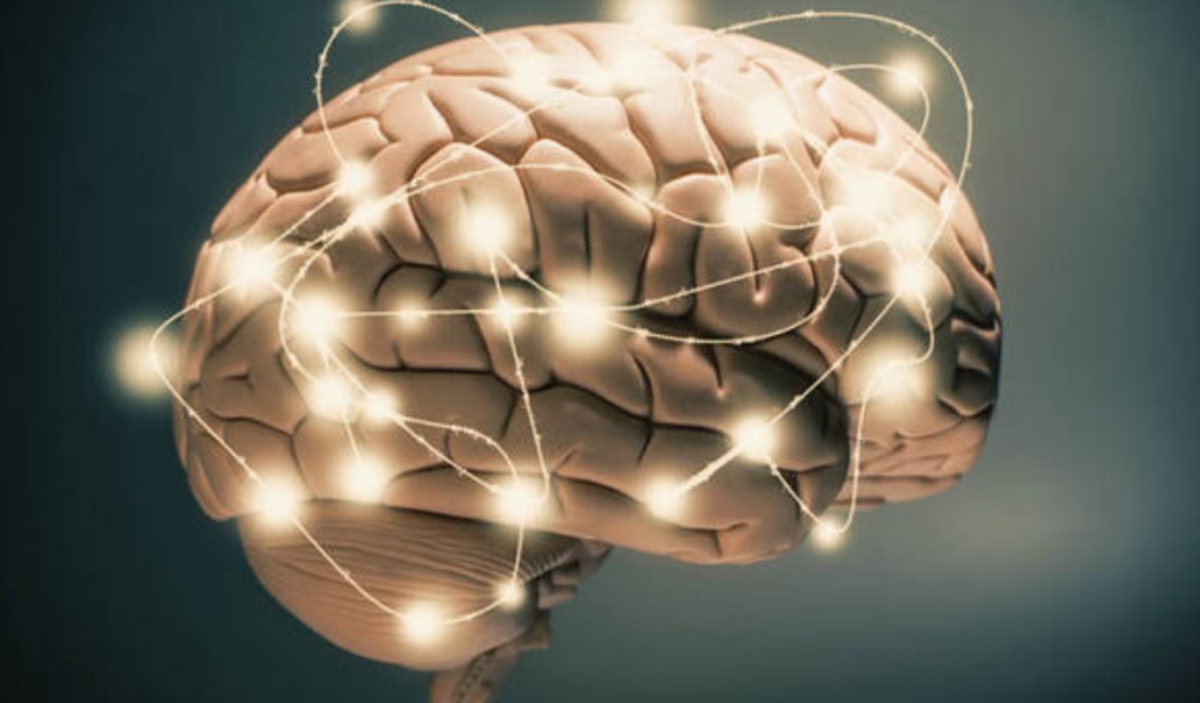PINPOINT ACCURACY OF LASERS COULD SAVE FAMILIES WITH NEW TECHNIQUE!

IS IT POSSIBLE TO HEAL RELATIONSHIPS WITH NEW BRAIN THERAPY?
The Brain is used to pinpoint short term bad memories of an individual to an individual (sisters, mother daughter). Would probably work best in females, who retain memories better than males in most cases.
PREMISE: To erase certain short term bad memories (incidents) in Patient A. so that when Patient A. awoke, they would not have the bad memories they had of Patient B. (Could also erase certain short term memories, but not enough to interfere with the experiment).
1. First patient A is lightly sedated, then given Sodium Pentothal (truth serum). They are placed in a specially equipped MRI machine attached to the highest tech computers. Patient A. is fitted with a small transistor by taking a skin graft of Patent A. (1” x 1”) and placing skin graft in Petri dish with special chemicals (unknown at this time, possibly Stem Cell materials, not established yet). The skin graft is then fitted with a microchip the size of a pin head and it is surgically placed on the side of the head (brain) that holds memories.
2. Once Patient A. is fitted with the transistor, the computers kick in, the MRI kicks in and trained specialists will begin to rouse the patient with happy memories of Patient B. (sister, mother, aunt…) As the patient answers the questions and memories of Patient B. little red dots start to show up on the brain scan where short term memory is located.
3. Once the areas are located, a small but pin point precision laser is shot to where the red dots show up. But before anything is done, tests are run, test runs are done and when the group of doctors and psychiatrists agree, the laser is precisely shot into the location of the red dot, into the brain, which should erase short memories, therefore erasing any bad events that may have happened between patient A. and Patient B. Both patients, before the experiment, would fully interviewed and the specialists would decide where to cut off the short term memory in the brain.
All the while Patient A. is being asked all happy memories and times that Patient B. had written earlier. The paper is read to Patient A. even as the laser is shot. No more than 2 to 3 shots depending on study odds, grant specs, etc. can be assessed.
4. If this worked, it would erase bad memories of Patient A. and when Patient A. awoke, they would have the happiest memory of Patient B. (by suggestion audible, or by patient’s cognitive happy memories with prodding from doctors). Patent A., in theory would awake with the last happy memory of Patient B. thus allowing the two to rebuild their relationship.
Of course there is no exact science, even in science (joke). So odds would fall short at first, but with the right people, grant money, hospital, doctors (all) and general excitement level, this could be a viable project.
There is so much more but the gist is that maybe short term memory can be erased enough, but not too much, to allow patient A. to forget the bad deeds or things patient B. might have said or done to Patient A.
5. If this worked, with all components in place, Patient A. would be able to shrug off anyone on the outside of the experiment who try and say, “Hey, remember when Patient B. said you looked fat in that dress…”
6. Patient A. would have a suggestion (hypnosis while on Sodium Pentothal) to get either a searing headache or some blockage of chemicals that would be released from the brain from the suggestion during the operation.
On the norm, Patient A. should excise away from the offending person that is interfering with the experiment. Maybe Patient A. should be isolated and retrained to deal with situations before they leave the facility.
For this to work, both patients must agree to it, you cannot force this type of experiment.
ENDING RESULT:
The ending result would be that Patient A. would start to think about Patient B. and all the memories should be before Patient A and B were on their own, or in college or across the country. The memories of Patient B. would be only before a certain date. Before the offending started, the mean ways, the bad tempers, the festering hate and finally the SHUNNING! That would all be erased, making room for both patients to develop a new relationship that they would bring everyone together who is involved, but for the good.
Letting some short term memory slip away wouldn’t hurt either, depending on the patients situations, which would already be known to specialists doing experiment.







